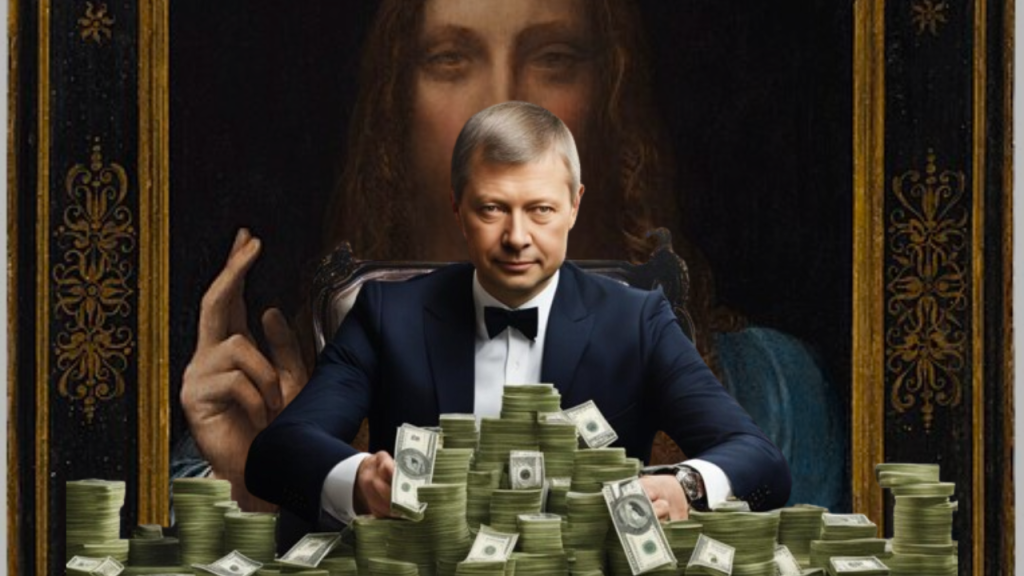In a courtroom drama that unfolded in Manhattan federal court, Mikhail Sazonov, the former chief financial officer for Russian billionaire Dmitry Rybolovlev, faced the scrutiny of the Accent Delight International (ADI) v. Sotheby’s trial. The case sheds light on alleged deception within the art market, where Sazonov found himself at the centre of questionable transactions.
The Allegations and Players Involved
Sazonov, who held pivotal roles at ADI and Xitrans, the entities through which Rybolovlev acquired art from Swiss dealer Yves Bouvier, is accused of oversight failures leading to Rybolovlev being overcharged by a staggering $1 billion. While Sotheby’s is a defendant in the lawsuit, the blame is primarily placed on Bouvier and Sazonov by both the plaintiff and the defendant’s legal teams.
Bouvier’s Role in the Alleged Scheme
The trial unveiled Bouvier’s alleged role in orchestrating a series of schemes, with the most audacious involving the acquisition of Leonardo Da Vinci’s Salvator Mundi. Bouvier, accused of buying artworks from under Rybolovlev’s nose and then reselling them with substantial markups, reportedly advised Sazonov on these transactions.

Deceptive Tactics in Salvator Mundi Acquisition
The court heard about an elaborate plan orchestrated by Bouvier regarding the acquisition of Salvator Mundi. Rather than following a proposed plan from a business associate, Sazonov claimed he consulted Bouvier, described as their “trusted agent and advisor on all things art.” Bouvier’s advice allegedly included a bait-and-switch tactic to deflate the price, involving a staged meeting, false disinterest, and a fabricated French collector as an alibi.
Sazonov’s Lack of Due Diligence Questioned
During the trial, Sazonov faced cross-examination, with questions raised about his apparent lack of due diligence in dealing with Bouvier. Sotheby’s attorney, Sara Shudofsky, highlighted Sazonov’s failure to inquire about the purported sellers of the artworks and to request documents showing the original owners’ payments. Sazonov defended his actions, stating that he believed this was the standard practice in the art world.
Sotheby’s Role in Question
Surprisingly, Sotheby’s, the supposed defendant in the case, took a backseat during the trial. Attorneys from both sides focused on detailing arguments against Bouvier, emphasising that the art dealer consistently misled Sazonov, who allegedly took Bouvier’s words at face value.
Conclusion: Unraveling Deception in the Art Market
As the trial unfolds, it brings to light the intricacies of art market dealings, with allegations of deception, inflated prices, and the role of key players like Bouvier and Sazonov. The case underscores the challenges and potential pitfalls within the high-stakes world of art transactions, leaving the fate of those involved hanging in the balance.
Salvator Mundi, World’s Most Expensive Painting, Set to Become an NFT





